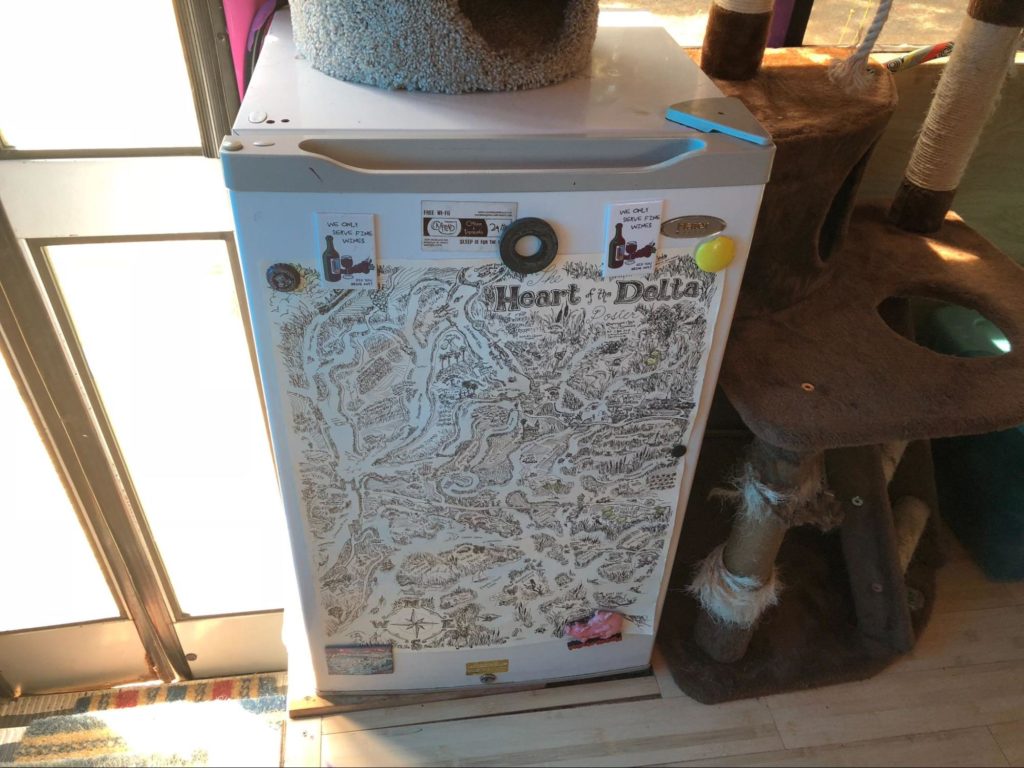Hi-van is supported by its audience. When you purchase using our links, we may earn an affiliate commission (no added cost to you). Learn more
The fridge in your RV is one of the most commonly used appliances in your rig. The working mechanism of an RV fridge is different from the refrigerators and freezers that you use in a house.
That’s why it can be challenging to get used to the RV fridge and temperature management can also be a hassle.
That’s why we have come up with this guide that will help you understand how an RV fridge works. We’ll also discuss effective ways to make it colder to keep your food fresh.
How Does an RV Fridge Work?
As mentioned, the RV fridge is different from the conventional 120-volt residential refrigerator. While the end result of both types of appliances is the same, the RV refrigerator achieves it differently.
The typical residential fridge comes with a compressor that runs the cooling cycle. But the one that you use in your RV uses the absorption mechanism.
Personal tips: Many RV fridges can run on both electricity and propane gas. This dual functionality feature comes in handy to keep the refrigerator working when it’s not connected to any source of electricity.
Absorption Mechanism
RV fridge uses the heat produced by fuel to boil the liquid refrigerant, which is typically a mixture of water and ammonia, and turn it into gas in the absorption chamber. The gas passes through the separation chamber, which turns the water vapors into liquid again.
The liquid water then goes to the absorption chamber. The ammonia is turned back to cold liquid through the condenser coil and it starts flowing to reach the evaporator coil while drawing heat from the fridge’s interior.
The heat turns the ammonia liquid to gas again and reaches the absorption chamber. Here ammonia gas gets mixed with water again and the cycle restarts.
How to Make RV Fridge Colder
The following are the most effective methods that you can use to make your RV fridge colder.
1. Install a Fan
One of the best ways to make your RV fridge colder is to install a fan or two in your RV fridge to blow more air in order to increase the airflow across the coils.
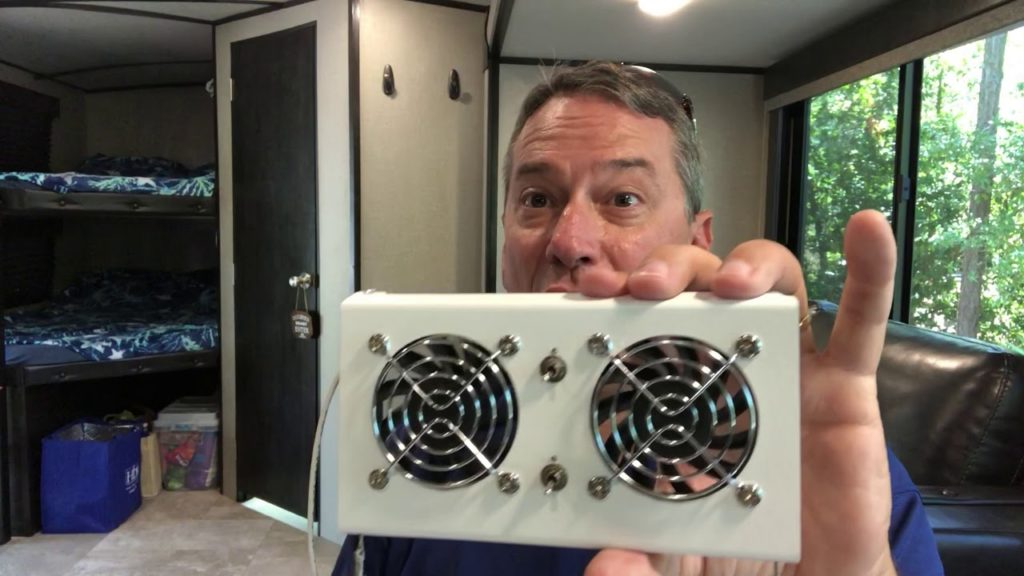
It’s very easy to install RV refrigerator fans. They come with built-in clips that you can attach to the coil located inside the RV fridge and connect the cable to the fridge’s interior light.
Keep in mind that the coils inside your RV refrigerator draw the heat and keep the interior cool. The additional flow of cold air around the coils will decrease the temperature.
Some fans come with a dedicated on/off switch, which allows you to turn them on/off whenever needed. Along with the fan, you can also buy a thermostat for your RV fridge to examine how much the fan decreases the temperature of your refrigerator.
It’ll also allow you to automate the fan’s functionality so that they turn on automatically whenever the temperature gets above a certain set point.
Related Guide: The Best Way To Setup Campervan Fridge Ventilation
2. Shade the outside of the RV where the refrigerator is located
You want to shade the outside of the RV where the refrigerator is located: This will help prevent the sun from directly shining on the fridge and heating it up, which can cause it to work harder to stay cool.
Ideally, the temperature of your RV fridge should be lower than 40 degrees Fahrenheit, according to US FDA (Food and Drug Administration). If it’s higher than that, consider decreasing the ambient temperature using the thermostat of your RV. The decrease in the surrounding temperature can make the fridge colder.
3. Clean the Coils
If you don’t already know, ice is an effective insulator and it doesn’t conduct heat. If the coils inside your RV fridge are covered with ice, the performance of the unit will decrease dramatically. Therefore, you need to make sure that the coils are clean.
If you see ice on the condenser coils, you’ll need to defrost the fridge and clean them properly to improve the performance of your RV fridge and make it colder.
4. Get it Checked
If your RV fridge isn’t getting cold as it should be, you might need to call a professional electrician to get your unit checked. Sometimes, ammonia gas gets leaked from the system and the coils fail to remove the heat from the fridge’s interior.
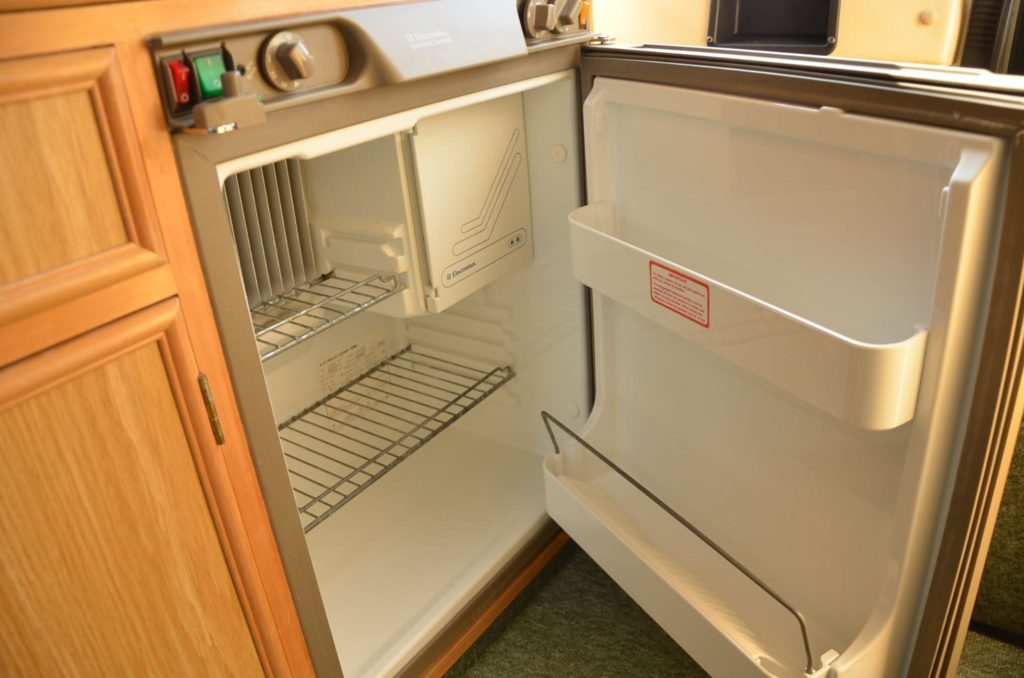
You’ll see greenish or yellowish stains inside the fridge if the ammonia is leaking. Additionally, the coils inside the fridge won’t be as cold as they should be.
Another effective way to check ammonia leaks is to use the ammonia detector. You can buy this tool from a local hardware store and use it to check the level of ammonia in the air.
To use the ammonia detector, you’ll need to turn it on and hold it near your RV refrigerator. If the detector shows 0 PPM (Parts Per Million), it means there’s no ammonia leak. If the reading is high, you’ll need to get your unit repaired and refilled with ammonia so that it starts working optimally.
5. Check the Seals

Sometimes, the seals around the edges of the door become loose and allow the cold air to start escaping the fridge’s interior. Not only will it keep the unit from getting colder but it’ll also make it work harder and waste energy.
Check for air leaks around the edges and if they’re loose, replace them with new rubber gaskets to solve the problem.
6. Keep the fridge level
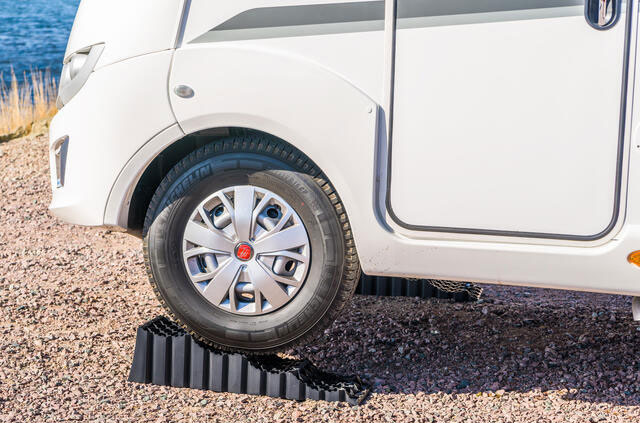
If the fridge is not level, the coolant fluid may not flow properly, which can cause the fridge to work harder to stay cool.
7. Do not overfill the refrigerator
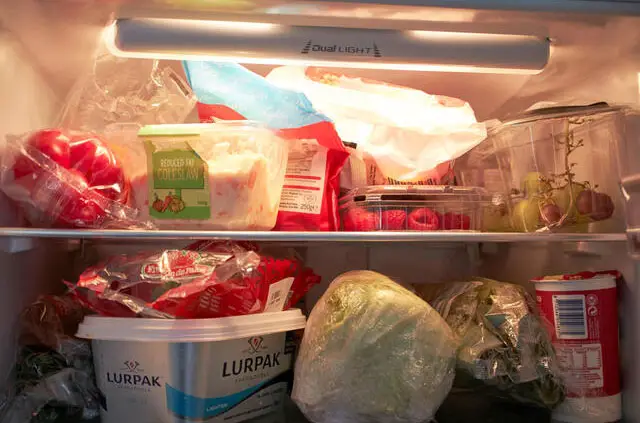
Overfilling the fridge can prevent proper airflow, which can cause the fridge to work harder to stay cool.
8. Turn on the RV refrigerator 12-24 hours before you leave home
This will give the fridge enough time to cool down before you put food in it.
Related Articles: 10 of the Best Camper Van Top Loading Fridge Ideas How To Diagnose A Camper Van Fridge Not Working Best Campervan Fridge Freezer Combos For Van Life
Final Words
A fridge is one of the most important appliances that you need in an RV. While it has a different working mechanism from the residential fridge, the end goal is the same, which is to keep your food cold and safe to eat.
You can install fans, increase the ambient temperature, and clean the coils regularly to make your RV’s fridge colder and keep it working optimally. Replacing the existing seals (if they’re loose) around the edges of the door can also do the trick.
Lastly, if there’s an ammonia leak, you’ll need to hire a professional to get your RV refrigerator fixed.
If you’re still looking for more information, you can check out this Youtube video by National RV Training Academy

